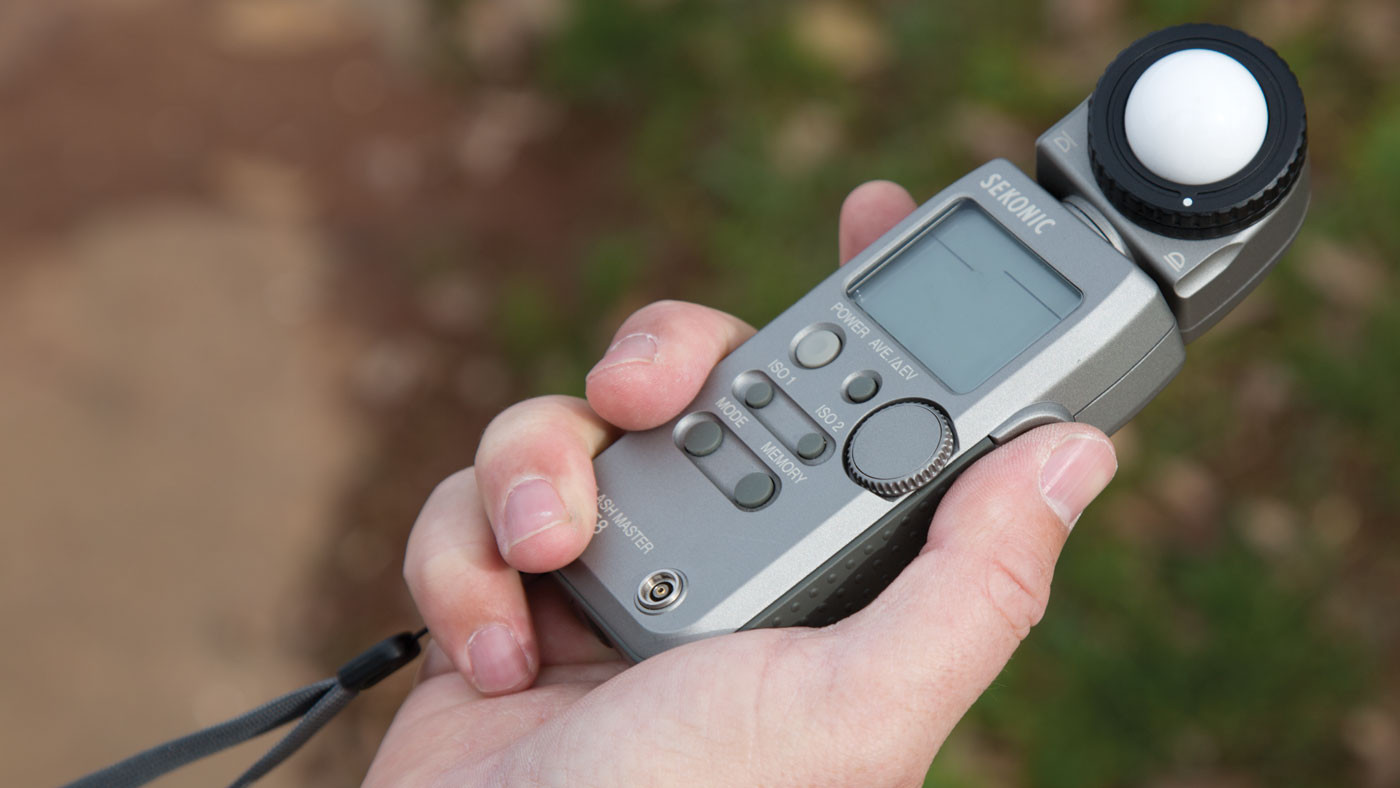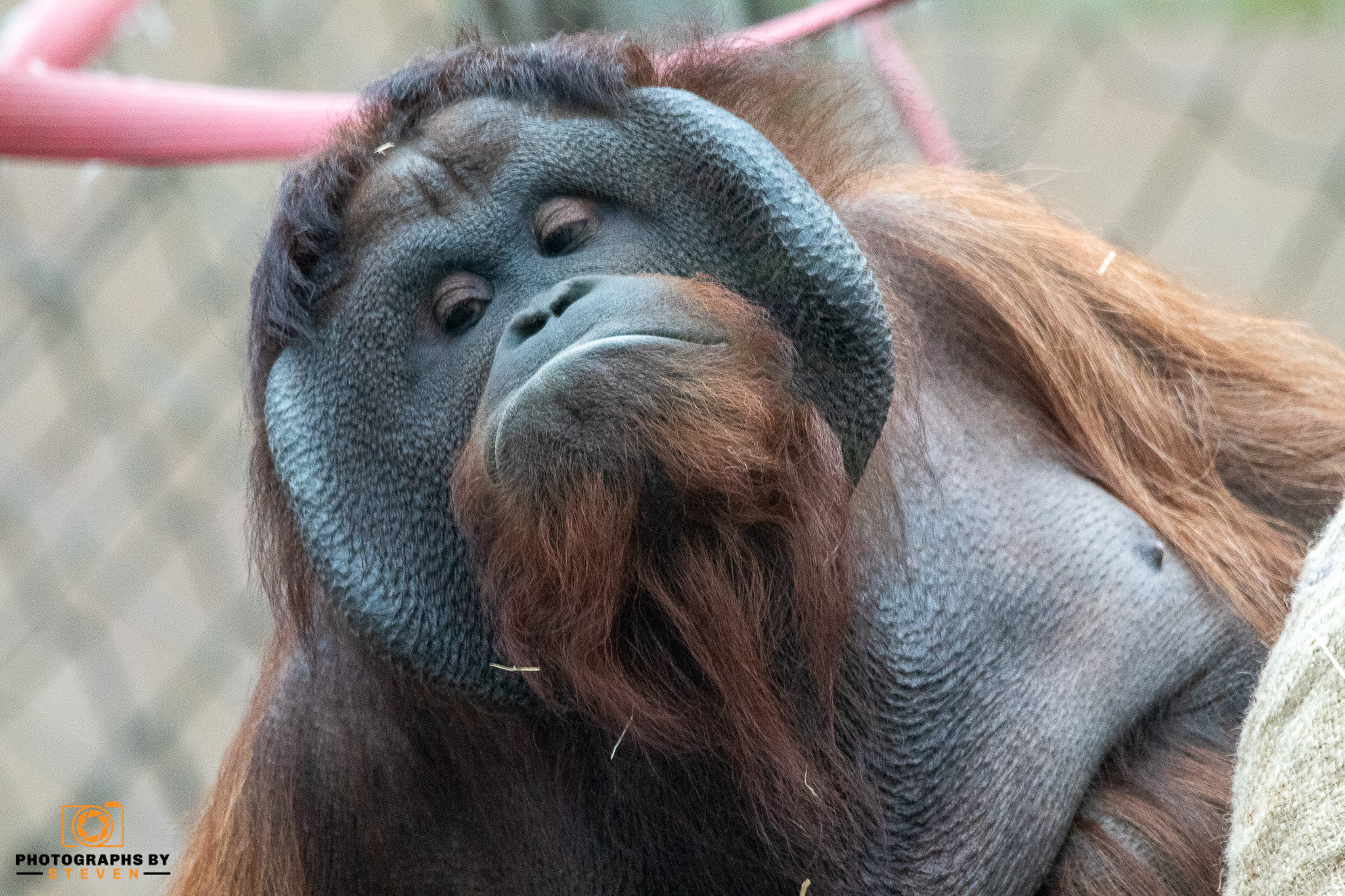The amount of light received by a sensor (or piece of film) and the resulting tonal range captured in the image is exposure. There are three variables at work in determining your orientation and whether it will be bright, dark, or somewhere in the middle, neutral. They are as follows: aperture, shutter speed, and ISO. These three variables are sometimes referred to as the 'exposure triangle.
What is the exposure triangle?

The term "exposure triangle" refers to the effect each of the three camera/lens settings has on the others. If you want to make your exposure brighter or darker, you can do so by adjusting one or more of the three settings. A slower shutter speed, a higher ISO, or a wider aperture, for example, would all result in a brighter exposure. On the other hand, understanding the exposure triangle is frequently used to keep your exposure to the SAME while achieving a different creative result. For example, if you increase your shutter speed while decreasing your aperture by the same amount, the brightness of your exposure will remain the same, but the tighter gap will bring more of your image into focus.
4 Types of Exposure
Changing the shutter speed, aperture, and ISO settings will result in a variety of exposures, including:
- Overexposure: Overexposure occurs when the film or camera sensor is exposed to an excessive amount of light. As a result, the photograph loses highlight detail and becomes washed out in the bright areas.
- Underexposure: When a film or camera sensor is not exposed to enough light, it is said to be underexposed. As a result, the shadow detail in the photograph is lost, and the dark areas are almost entirely black.
- Long exposure: Long exposure photography, also known as time exposure or slow-shutter photography, is a technique that captures a subject over a long period. The photo's static elements contrast with the moving pieces, which create blurs, smears, and trails. Prolonged exposure is a common technique in night photography.
- Double exposure: The technique of double exposure, also known as multiple exposures, involves opening the camera shutter twice to expose the film to different images. As a result, the photograph combines the two directions into a single image layered on top of each other.
How to get the right exposure
Aperture priority, shutter priority and manual mode
Aperture or shutter priority settings are available on many modern cameras. You can set the aperture or shutter speed, and the other locations will adjust to fit them for proper exposure. Even professionals use tools like aperture priority, shutter priority, auto-mode, and different pre-existing settings.
Shooting in manual mode, where you set all of the exposure triangle variables yourself, allows for more creativity, control, and a better understanding of the exposure triangle. Shooting in manual mode allows you to experiment with light and shadow and other factors such as depth of field.

Exposure and post-production
You can change the exposure in post-production. To make adjustments, use the Adobe Photoshop Lightroom exposure slider. With a variety of sliders, you can brighten and adjust underexposed images. Overexposed images have less data, which means there is less room for adjustment.
Practice, practice, practice
Finally, practising is the best way to get the correct exposure for your photos. Take pictures in various lighting conditions. Take pictures of things that are moving at different speeds. Experiment with multiple parts of the exposure triangle to see which settings and environments produce the best results.
Conclusion
Exposure may appear complicated, but it is one of the most critical technical concepts to understand if you want to take high-quality photographs. Play around with your direction and ISO settings. Please pay attention to how they alter the appearance of a picture. Above all, continue to practise. You will never stop improving your exposure, and it is unquestionably worth the effort to learn.



Leave me a comment
Thank you for reading my post, if you want to leave a comment, you can do so below.